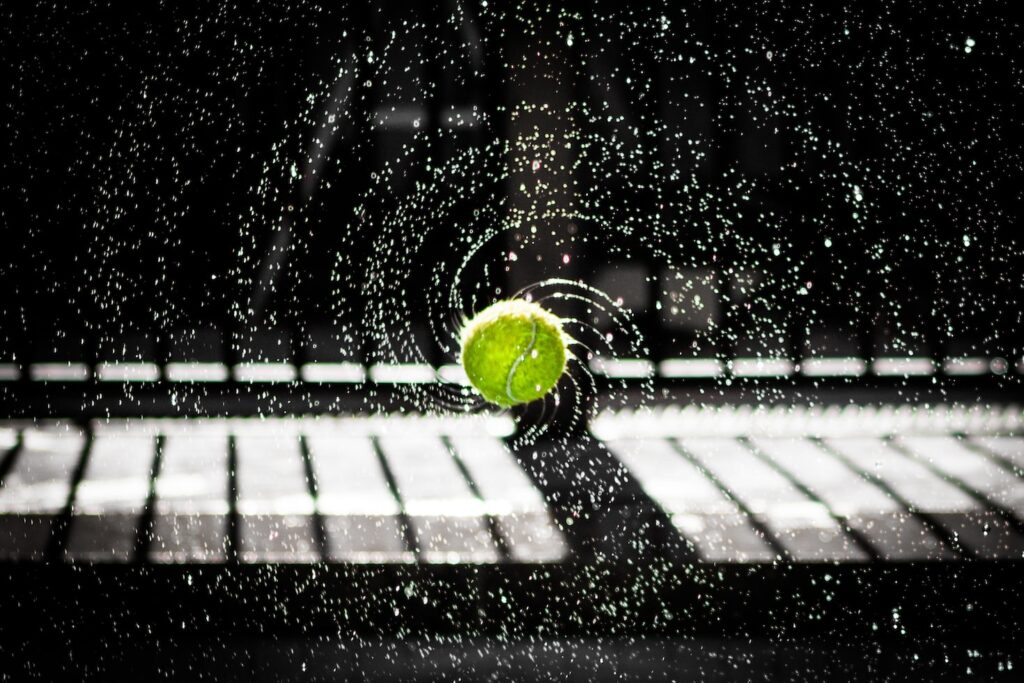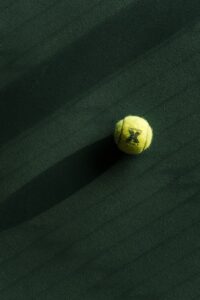Hot vs Cold Padel Balls: Which Ones Perform Better?
3 min read
Hot vs Cold Padel Balls: Which Ones Perform Better?
As a passionate padel player, I know just how important it is to have the right equipment. From the choice of racket to the type of balls you use, every detail can make a difference in your performance on the court. Today, we are going to dive into the intriguing world of padel balls and how temperature affects their performance.
The Science Behind Padel Balls
Padel balls are made of a combination of rubber and felt. The felt outer layer gives the ball its unique texture, allowing it to spin and bounce in unpredictable ways. The rubber inside provides the necessary durability and rebound to make the game enjoyable. But did you know that these materials are highly sensitive to temperature?
Whether you’re playing in the blistering heat of summer or the chilly breeze of winter, the temperature can significantly impact the properties of your padel balls. Let’s see how this climatic influence affects their performance.
The Hot Ball Experience
Hot, sunny weather is undoubtedly perfect for a day out on the padel court. However, the scorching temperatures can quickly turn your padel balls into fiery projectiles. When the sun beats down on the rubber, it softens, causing the ball to lose its elasticity. As a result, you may experience a slower bounce and reduced speed, making it easier for your opponent to anticipate and return your shots.
On the bright side, the heat also impacts the felt outer layer of the ball. As it warms up, the felt becomes less fuzzy, reducing the amount of friction between the ball and the racket. This decrease in friction can lead to a smoother, more streamlined flight, allowing you to hit powerful shots with better accuracy.
Embracing the Chill
When the temperature drops, padel balls tend to become harder and a bit less bouncy. The rubber inside contracts, resulting in a stiffer ball that doesn’t compress as much upon impact. As a result, your shots might feel more direct and solid, giving you better control over the ball’s trajectory.
However, the cold weather also affects the felt outer layer. As it becomes cooler, the felt becomes stiffer and fuzzier. This increase in friction can work in your favor, allowing for enhanced spin and ball control. So, while the bounce may be a bit lower, you can use the increased grip to your advantage, spinning the ball in ways that will leave your opponents astonished.
The Sweet Spot: Optimal Temperature
Now that we understand how temperature affects padel balls, you may be wondering whether there is an ideal temperature range for peak performance. Just like Goldilocks searching for the perfect bowl of porridge, padel balls strive to find their sweet spot.
While there isn’t a definitive temperature that guarantees perfect conditions, most players agree that mild weather, around 20 to 25 degrees Celsius (68 to 77 degrees Fahrenheit), provides the best compromise. At this temperature, the rubber and felt maintain their optimal balance, delivering a good combination of bounce, speed, spin, and control.
Adapting to Changing Weather
As a padel expert, it’s essential to be adaptable and adjust your game according to the weather conditions. When the mercury rises, focus on accuracy and control, utilizing the smoother flight to your advantage. And when the temperature drops, embrace the increased grip and experiment with spinning the ball in creative ways.
Remember, practice makes perfect, and regularly testing your skills in various weather conditions will help you develop a versatile game that tackles all challenges head-on.
Conclusion
Now that you understand how temperature affects padel balls, you can appreciate the delicate dance that occurs on the court. The hot and cold battle for dominance, while you, as a player, must adapt and make the most of the conditions.
So, the next time you step onto the padel court, embrace the weather, feel the temperature, and let your expertise shine with every shot. And remember, it’s not just the padel balls that are affected by the temperature; it’s your game too.






